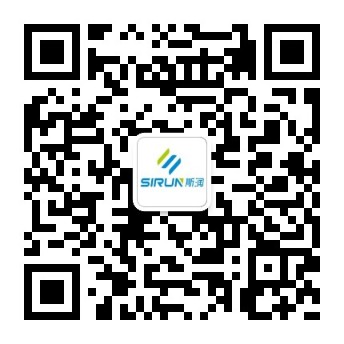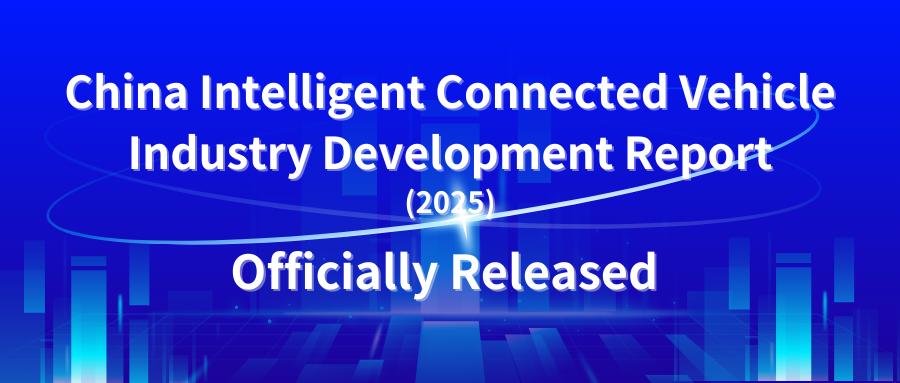
The "Intelligent Connected Vehicle Blue Book (2025)" has been officially released by authoritative institutions including the China Society of Automotive Engineering, the National Innovation Center of Intelligent and Connected Vehicles, and the China ICV Industry Innovation Alliance.
Sirun, as a benchmark enterprise in the cloud-control platform industry chain, has participated in compiling this authoritative industry report for five consecutive years.
01 Five Years of Deep Cultivation: Continuously Contributing Industry Expertise
As a core member of China's intelligent connected vehicle (ICV) industry, Sirun has actively contributed to industry publications including the "Vehicle-Road-Cloud Integrated System White Paper," "Intelligent Connected Vehicle Blue Book 2022," and "Intelligent Connected Vehicle Blue Book 2023-2024." Building on its technical expertise and practical experience, Sirun again made significant contributions to the latest Blue Book.
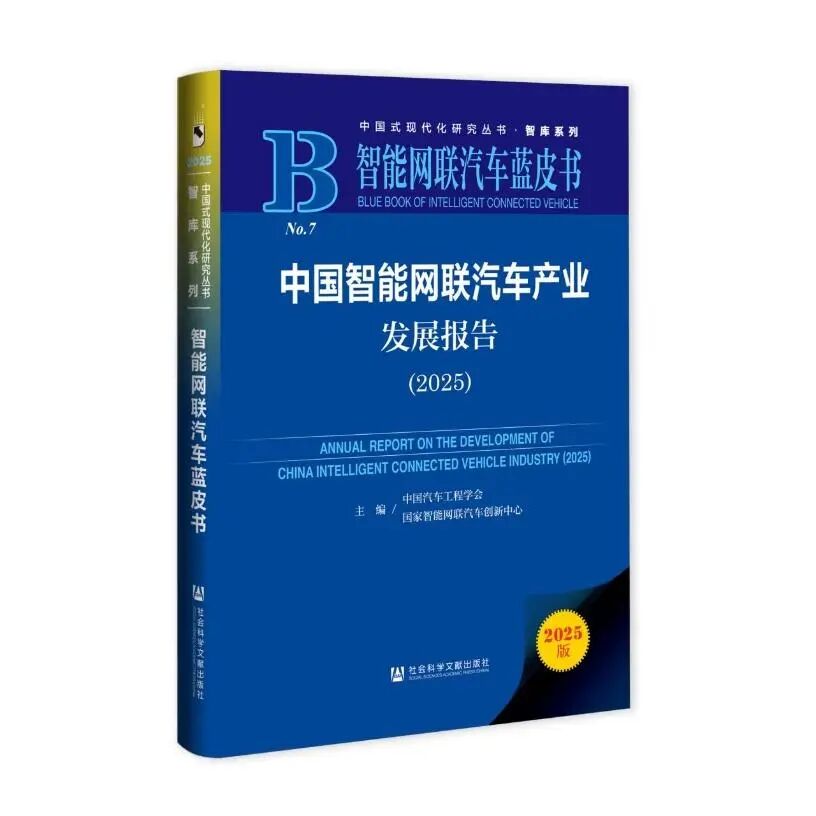
Figure 1: Intelligent Connected Vehicle Blue Book (2025)
In previous editions, Sirun's team systematically analyzed R&D progress, technical definitions, and classifications for vehicle-terminal components within the vehicle-road-cloud integrated system. The team also standardized protocol stack development and applications, while contributing to functional design and architecture definitions for the cloud-control platform to promote standardization.
Sirun led the traffic management applications section, proposing specific technical requirements for digital traffic signs, traffic signal control, traffic information distribution, and traffic warnings - covering information encoding, distribution scope, and direct communication latency. This work supports ICV standardization and significantly enhances system performance and safety.
02 Defining Architectures, Analyzing Data Loop Trends
For the 2025 Blue Book, Sirun contributed to two key areas: vehicle-road-cloud integrated system architecture and intelligent driving data closed loops. The company provided system architecture descriptions and analyzed challenges and future trends for intelligent driving data closed loops, offering important references for industry progress.
Vehicle-Road-Cloud Integrated System: Concepts and Characteristics
The team clarified three core concepts: "system," "system of systems," and "cyber-physical system," establishing theoretical foundations and methodological approaches for integrated system development.
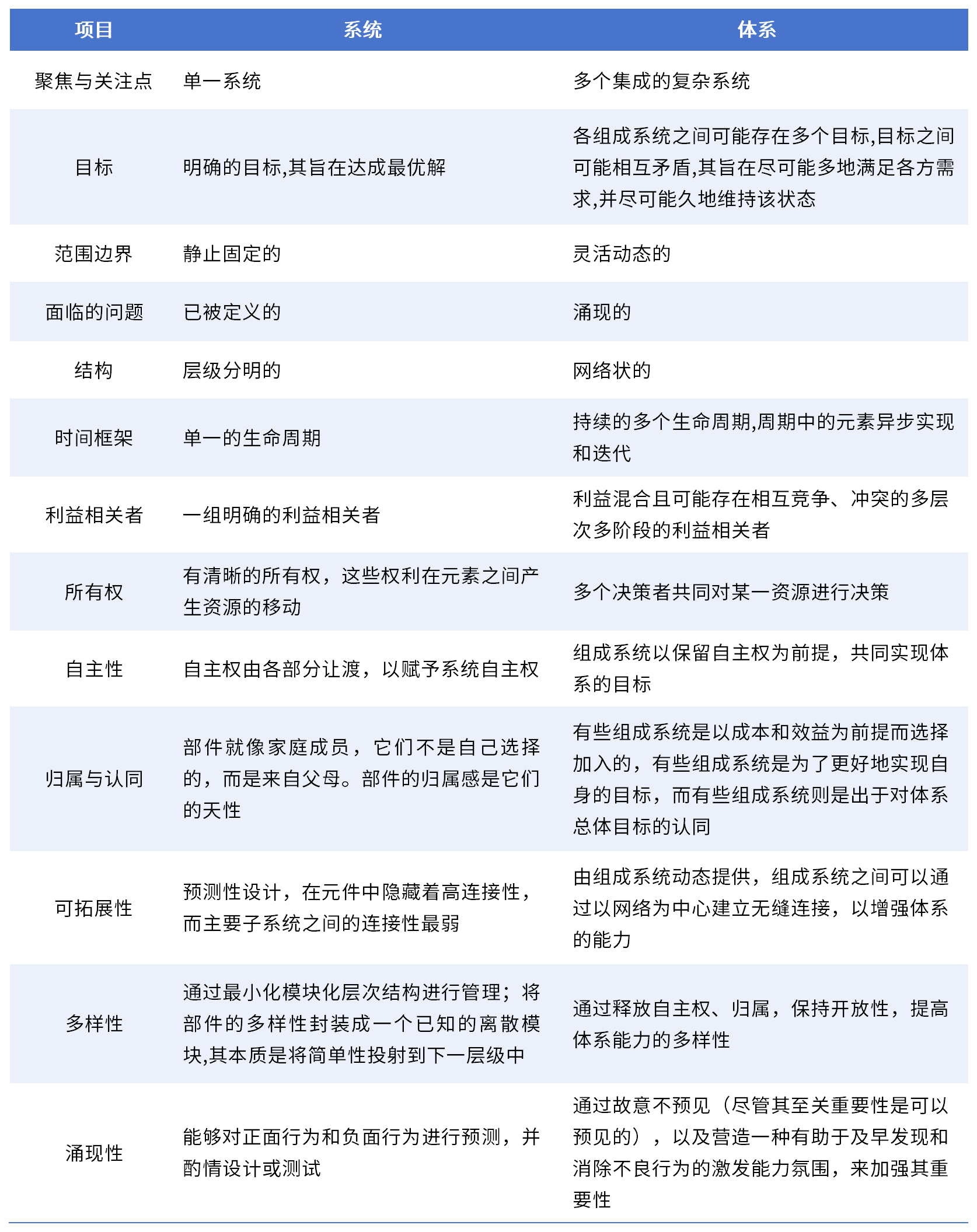
Figure 2: Differences Between System and System of Systems
Multi-Perspective Architecture Analysis Using SysML
Using SysML for multi-view analysis, the architecture was decomposed into layers ensuring vertical traceability and horizontal consistency across component systems.
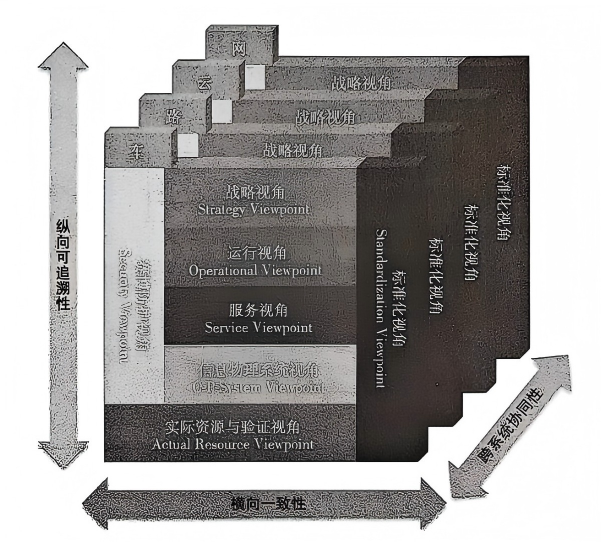
Figure 3: Seven Perspectives of Vehicle-Road-Cloud Integrated Architecture
Intelligent Driving R&D Paradigm Evolution
The section details how intelligent driving R&D has evolved from rule-based modular designs to data-driven deep learning, and now toward end-to-end architectures using neural networks to overcome limitations of modular approaches.
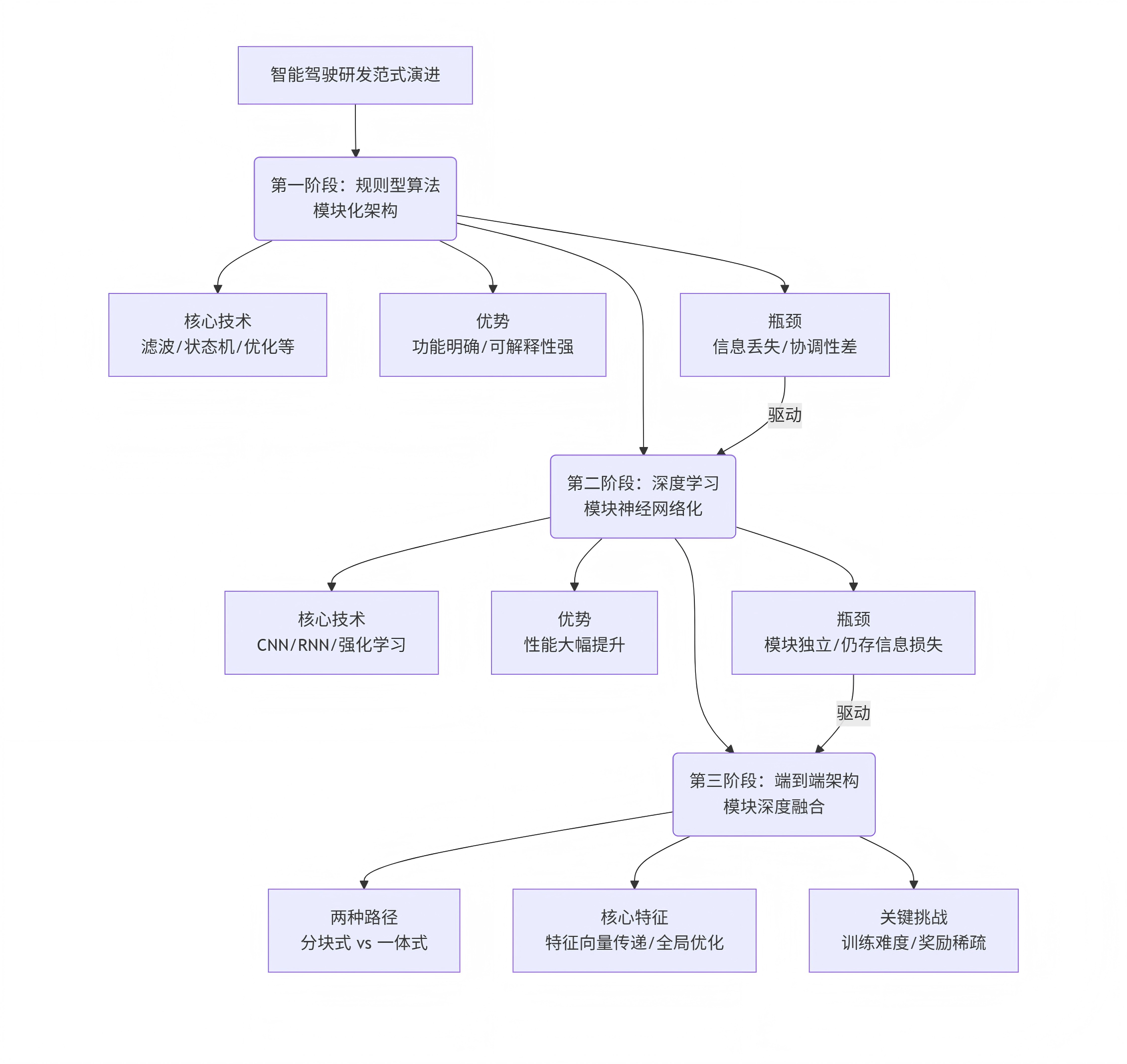
Figure 4: Intelligent Driving R&D Paradigm Evolution
03 Strengthening Technical Foundations, Building Smart Transportation Ecosystems
Sirun will continue advancing vehicle-road-cloud integration, ICVs, and smart transportation through technological innovation and ecosystem collaboration. By enhancing data closed-loop capabilities, optimizing architectures, and participating in standardization, we promote smarter, safer, and more sustainable ICVs.
As industry acceleration makes standardization increasingly crucial, Sirun will collaborate with partners across the industrial chain to establish standards and drive high-quality development of China's ICV industry.

 京公网安备 11010602103187号
京公网安备 11010602103187号





